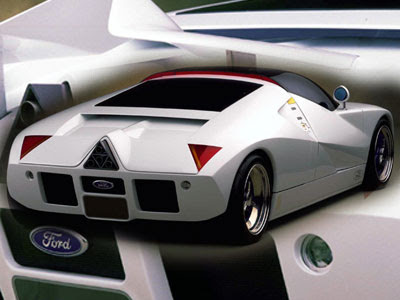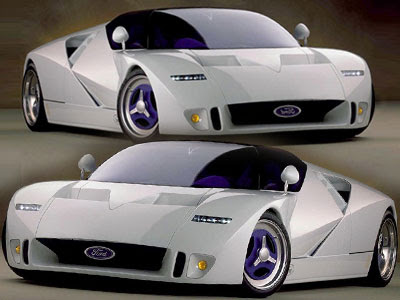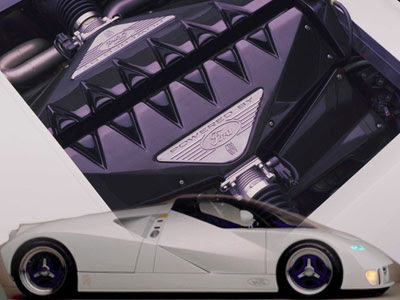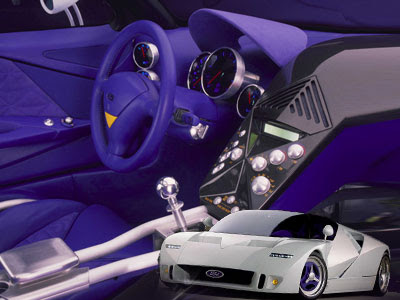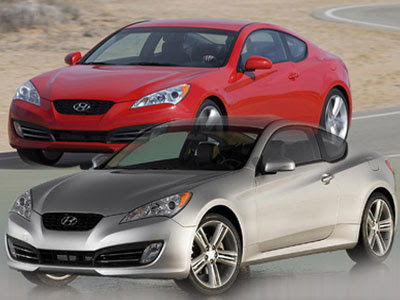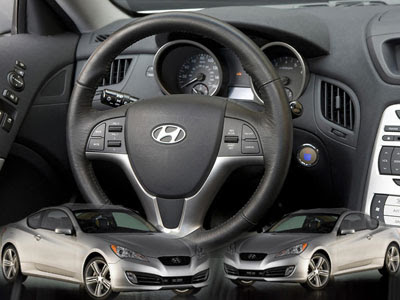2011 Dagger GT Super Sport Cars TranStar Racing
The Super Sport Cars "Extreme" is back! The American creation. The 2000 hp, 300 mph Dagger GT's design objectives are to be the best-looking, fastest Supercar in the world. This Super Sport Cars is being specially designed, very deliberately and explicitly, to break all world records and to bring back the most popular class of race car: the unlimited class which has been regulated, restricted and compromised into extinction.
2011 Dagger GT Super Sport Cars TranStar Racing
”Dagger” meaning in English, dagger, it is clear that the Americans from TranStart Racing have high ambitions. The supercars world is enriched with an American creation: TranStar Racing Dagger GT. Dagger GT concept car is based on the middle of this incredible machine, Cheetah Corvette, made by a brilliant industrial designer, Ivan Luccion. Our lead designer consultation is Phil Frank, the designer of the world record for the Saleen S7 super recently won the 24 hours of LeMans.
2011 Dagger GT Super Sport Cars TranStar Racing
While the new Bugatti Veyron 16.4 Super Sport Cars has just entered the Guinness Book of Records with an average top speed of 267 mph, a new 2000hp 2011 Dagger GT Super Sport Cars TranStar Racing supercar is about to become the fastest supercar in the world. Tom Nelson, from Nelson Racing Engines is an integral part of the “dream team” his company is the top “big horsepower” engine builder in the U.S., 2011 Dagger GT Super Sport Cars TranStar Racing has selected Tom’s multi-fuel (petrol/methanol/hydrogen/ethanol), aluminum 572 Twin Turbo as their preferred engine for its combination of streetability and extreme horsepower – 2000 hp on racing fuel.
Expected performance figures are equally astounding: 0-60 mph in 1.5 seconds, quarter mile in less than 6.7 seconds and a top speed of over 483 km/h (300mph). The outer body is made from carbon fibre, while a high-strength 4130 Chromoly Steel chassis forms the inner structure.
From a technical standpoint, the car have under the hood of a General Motors V8 engine in the “big thing” style: 9.4-liters and attention, 2000 HP! There is no mistake, the Americans announced a power worthy of Gargantua. In addition, the engine will be capable of a peak torque of no less than 2000 lb-ft of torque! Again, is not a typing mistake.

2011 Dagger GT Super Sport Cars TranStar Racing
Dagger GT’s will be made available in three different ’Race’ models: * Dagger GT-R will be their road racing model, with a dynamic, computer-managed split rear wing.
* Dagger GT-LS will be their land-speed model with 500 mph – rated M/T land-speed tires.
* Dagger GT-D will be their drag racing model with Goodyear Pro Stock Slicks.

* Dagger GT-S will be their “Sport” model, a street-legal version of the GT-R model.
* Dagger GT-X will be their luxury model with all the interior, exterior and ride-quality luxuries imaginable and specified by the owner.

2011 Dagger GT Super Sport Cars TranStar Racing
Each model will be hand-made and custom-crafted to the owner’s specifications. Custom interiors and paint will be provided by award-winning After FX Customs. Only five will be made in 2011 and two of them have already been booked. Sales will begin during the first half of 2011 and 10 units will be delivered in 2012. Each car is priced at a minimum of US$450,000.

